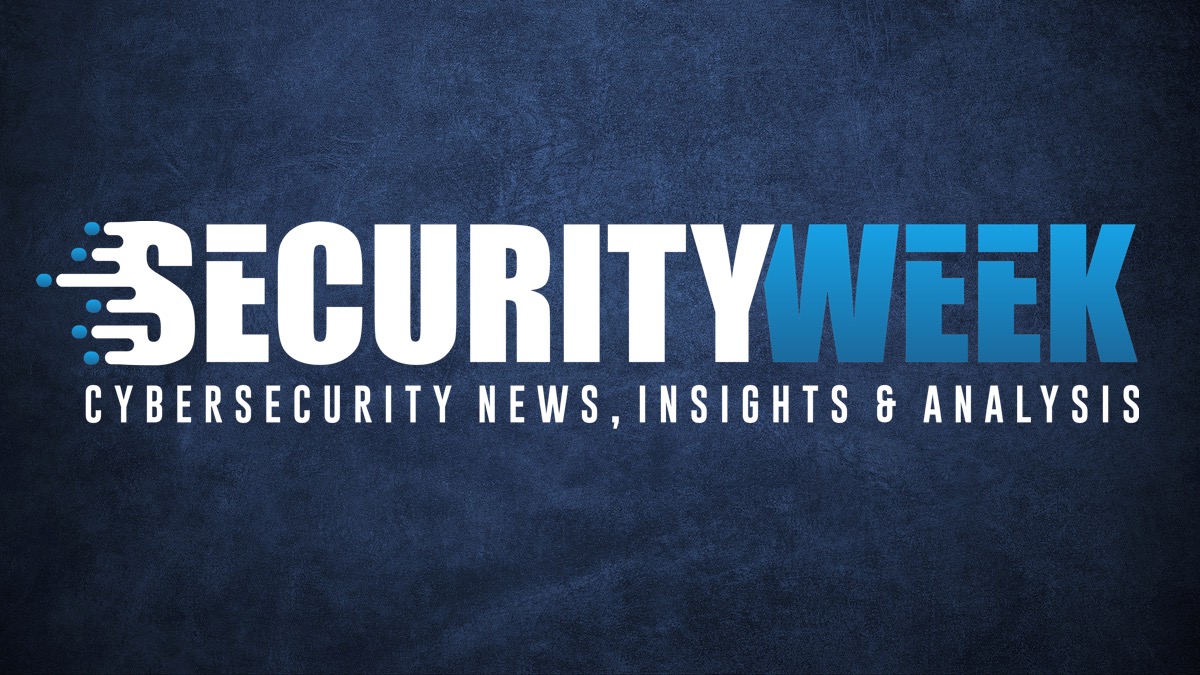
July 11, 2024 at 10:48AM
CrystalRay, a threat actor, has expanded their operations since the February attacks. They utilize SSH-Snake, an automated worm-like tool, for hacking purposes and have added mass scanning, open source software exploitation, and credential theft to their arsenal. Their use of open source and penetration testing tools enables them to maintain persistent access to victim networks.
From the provided meeting notes, it is clear that the threat actor known as CrystalRay has significantly increased its operations, targeting thousands of victims with an expanded arsenal. The actor utilizes various open source and penetration testing tools, such as SSH-Snake and other tools like ASN, Zmap, Httpx, and Nuclei for reconnaissance, port scanning, and vulnerability scanning. CrystalRay’s activities include stealing credentials, deploying crypto-miners for profit, establishing persistence in compromised environments, and exfiltrating files of interest. The actor also utilizes open source tools for lateral movement and managing victims, showing the ease of maintaining and controlling access using these tools. It is important to implement detection and prevention measures to withstand attacker persistence and reduce the attack surface through vulnerability, identity, and secrets management.
Furthermore, it’s crucial to note that the threat actors have been observed abusing and utilizing various open source tools and information stealers for their malicious activities. Such as using GitHub to distribute information stealers, adopting open source ‘SapphireStealer,’ abusing Microsoft’s WHCP to sign malicious drivers, and the potential abuse of the Nighthawk hacking tool.
These insights can be used to understand the tactics and techniques employed by CrystalRay and other threat actors and can be instrumental in formulating strategies to bolster cybersecurity defenses and mitigate potential risks.